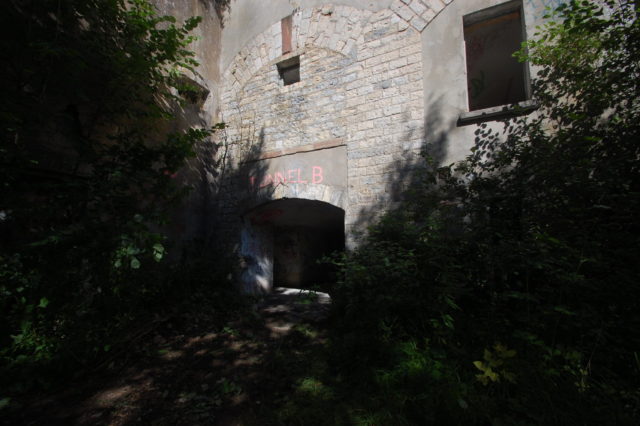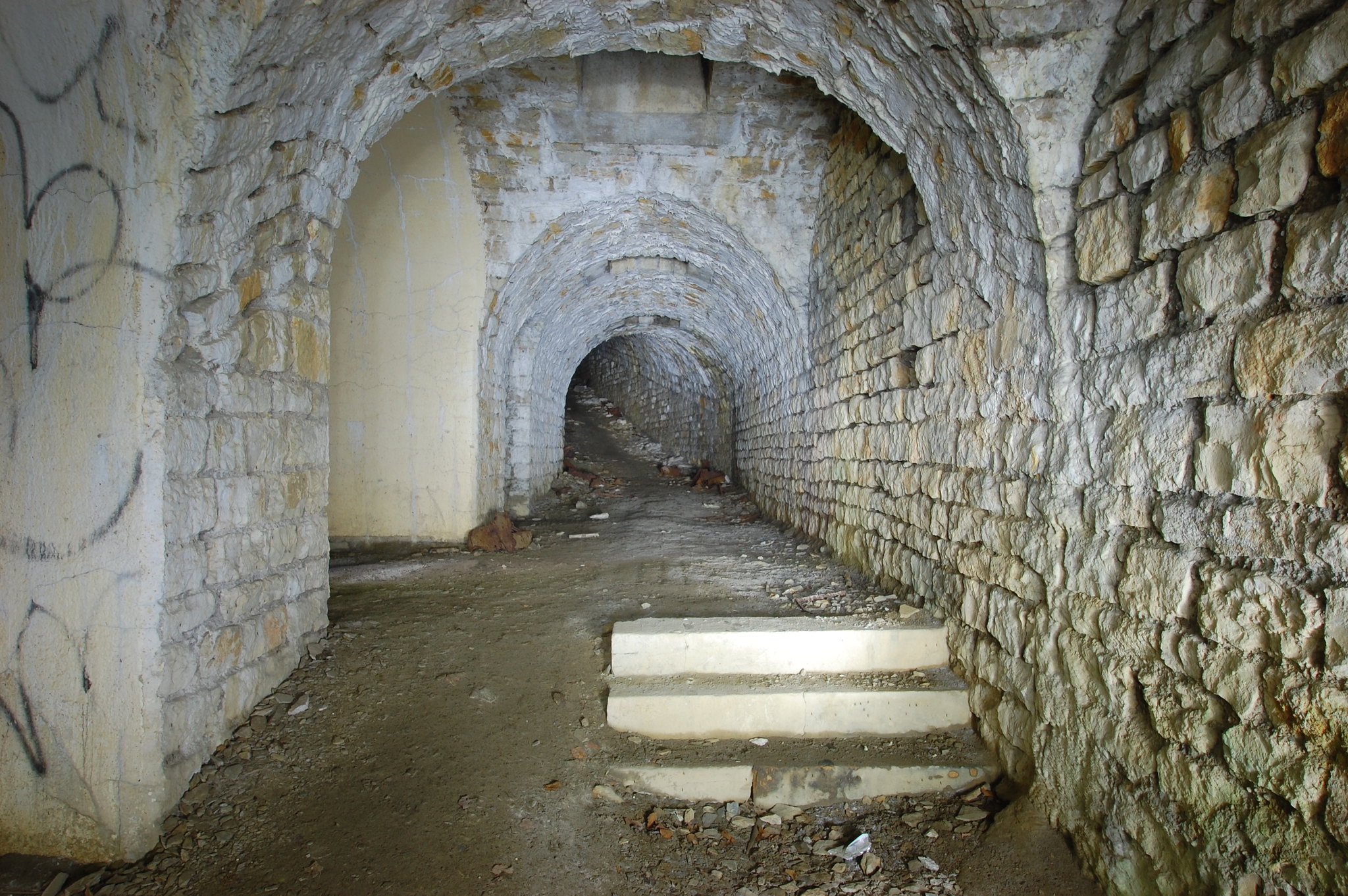To the northwest of the French region of Belfort, at the top of Salbert Hill, is Fort du Salbert, also known as Fort Lefebvre. When it was built, the fort was considered part of a new generation because it was designed without the sheer walls and bastions seen in previous forts.
Fort du Salbert was built in the 1870s and designed to protect roads leading to Lure and Giromagny as well as the Paris rail line from enemy fire. The fort was originally named in honor of General François Joseph Lefebvre, but it gradually became known as Fort du Salbert due to its location on the hill of the same name.
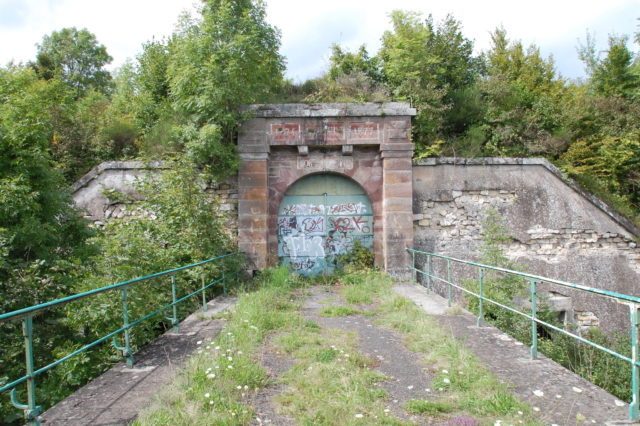
The fort is part of a second ring of defense built five kilometers (three miles) beyond the Séré de Rivières system, which was built around the Belfort region in the 1840s.
The forts within the Séré de Rivières system are considered first-generation forts. In contrast, Fort du Salbe and the other new defenses in the second circle were constructed with low earth-buried mounds so they were better able to withstand artillery.
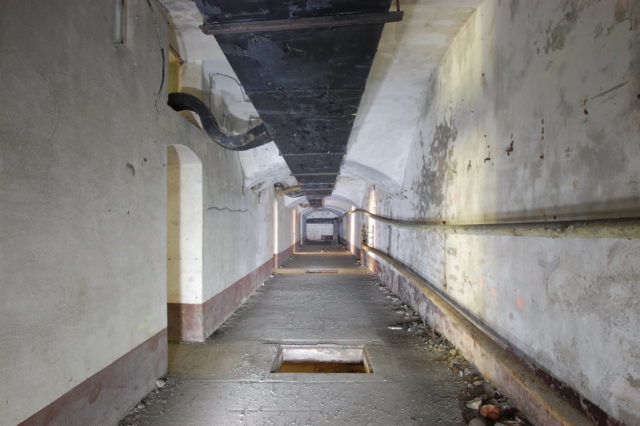
The fort’s barracks were designed to hold 500 men and 44 pieces of artillery. However, records show that, initially, there were 460 people, including 24 non-commissioned officers and 13 officers. There was a well within the compound to ensure that the soldiers inside would always have fresh water. In addition, there was a stable and an infirmary.
By 1882, the fort had 13 long guns as well as various small-caliber weapons and mortars for close defense. After 1885, Fort du Salbert was modernized when it became clear that such stone forts would not be able to withstand explosive shells. Consequently, the caponiers were reinforced with concrete and underground shelters were created.
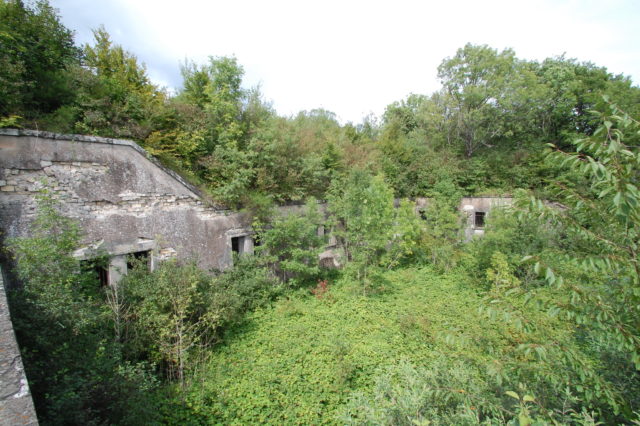
In 1893, a railroad known as the Chemins de fer du Territoire de Belfort was built, and it connected all the forts in the Belfort ring. In addition, optical semaphores were added to Fort du Salbert so that it could communicate quickly and easily with the other forts, especially Fort Chailluz.
The final modernization of the fort was carried out in 1900 when a gun turret and an armored observation post were added. From that moment on, no further upgrades were made, and Fort du Salbert quickly became obsolete.
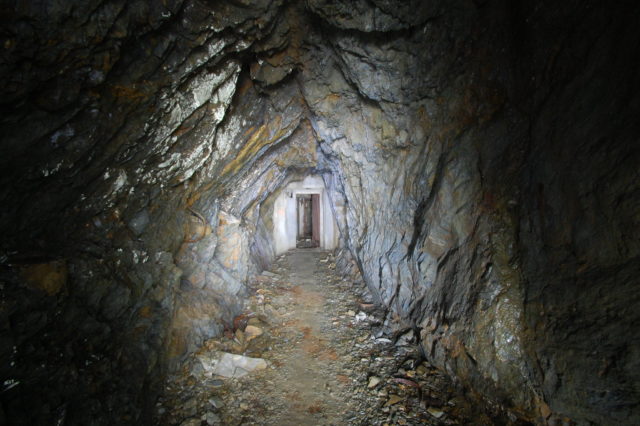
In the early years of the Cold War, the fort became a focal point for air defense. In 1953, the construction of an important radar station began on Salbert Hill. The fort was turned into barracks while the underground rooms and caves were transformed into technical installations and air defense operation rooms.
Consequently, the fort that is still in evidence today has lost many of its original features due to this conversion.
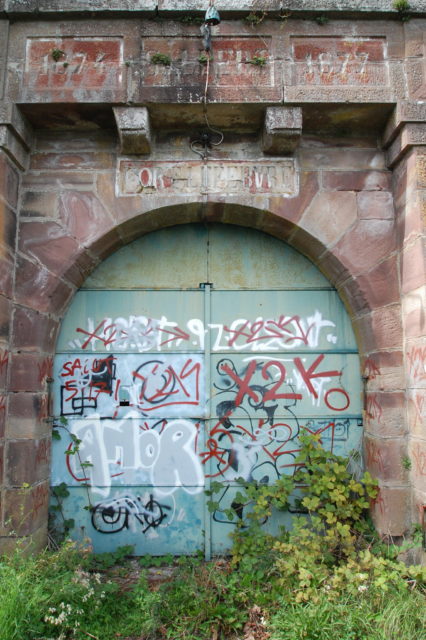
The fort only acted as a radar station for two years before its equipment became outdated. After the end of the war, Fort du Salbert was no longer used by the military and has remained abandoned ever since.
Today, Fort de Salbert is owned by the municipality of Belfort and is permanently closed. However, it is possible to access the top of the premises and the batteries.
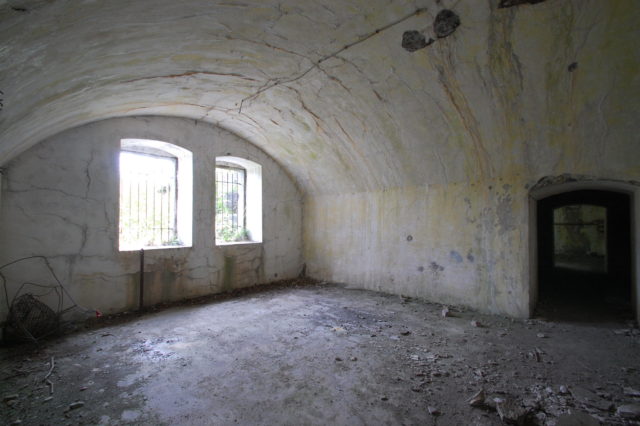
One section that has seen new use is the NATO shelter that was built in the 1950s. That part of the fort is currently open and accessible to visitors by means of a guided tour run on open days by a preservation association which was created in 2016. It is also possible to play airsoft among the ruins.
The photos of the abandoned fort were taken by Newage, and a big thank you to him for allowing us to share them here. You should definitely check out his Flickr account where he has published many interesting photos of historical locations and aircraft.
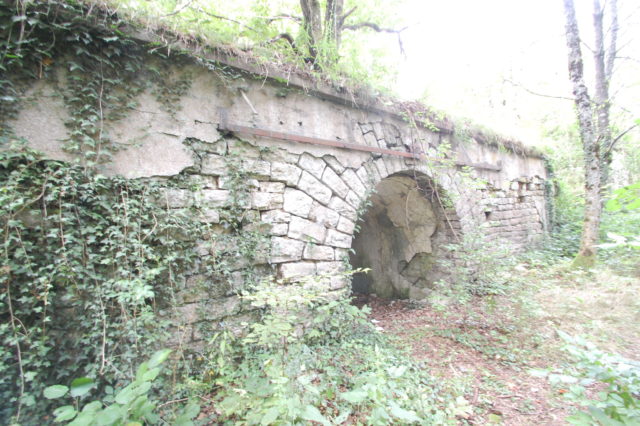
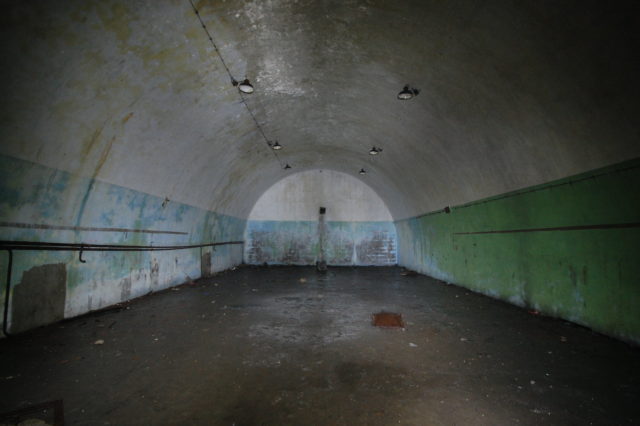
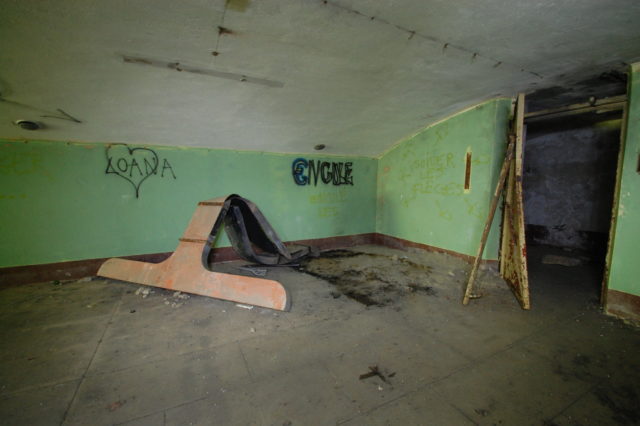
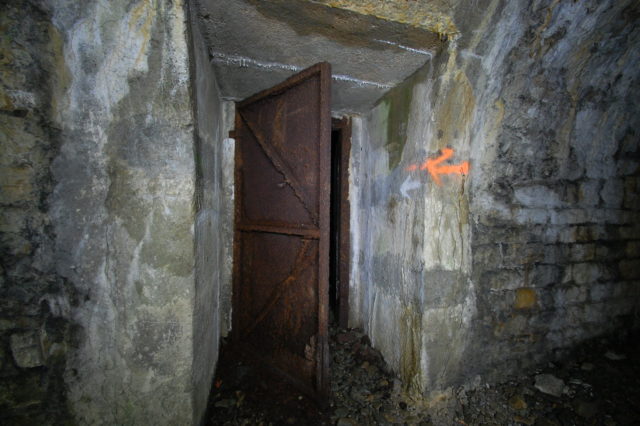
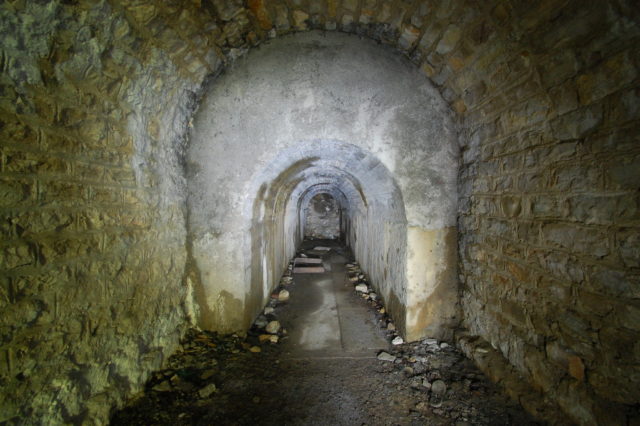
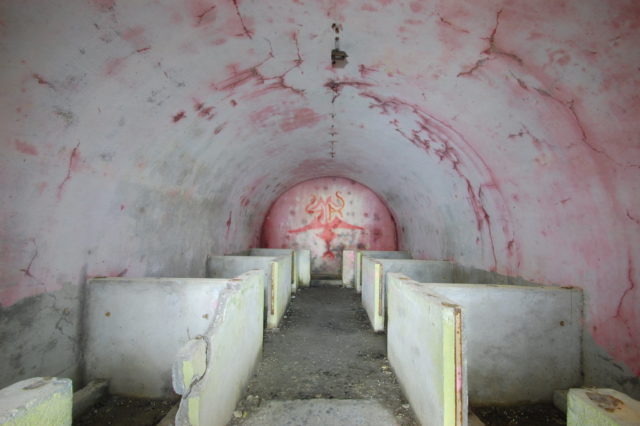
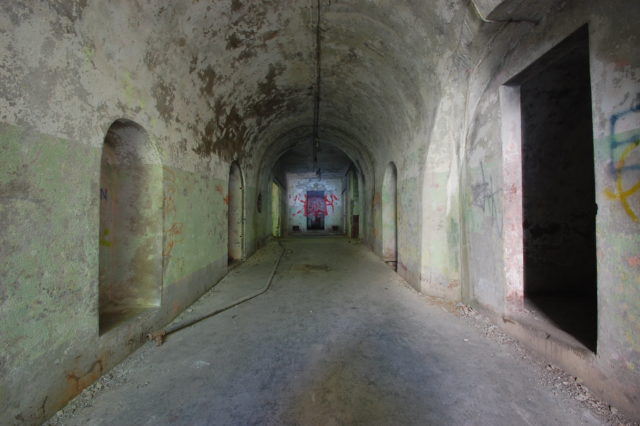
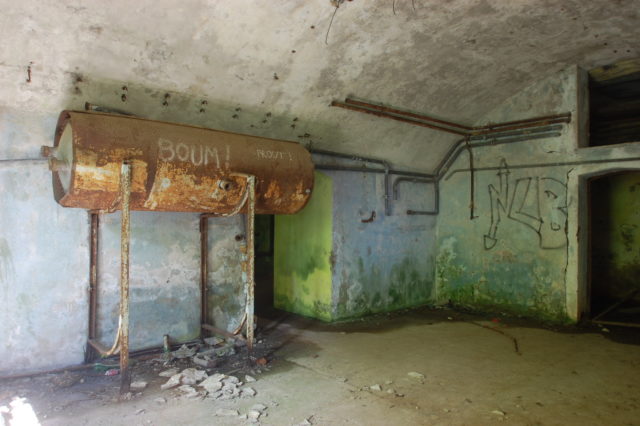
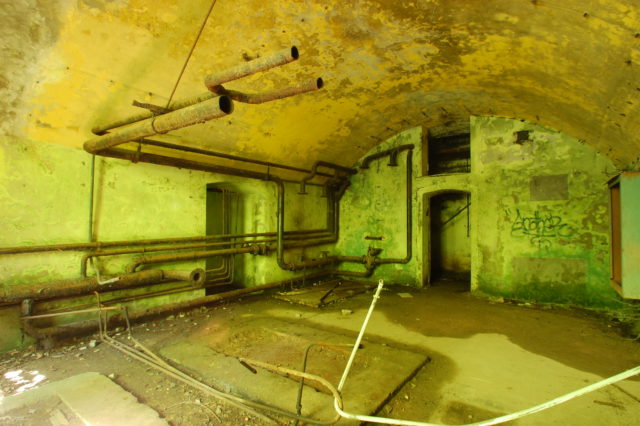
Another Article From Us: Remains of the Devil’s Slide Bunker, California
